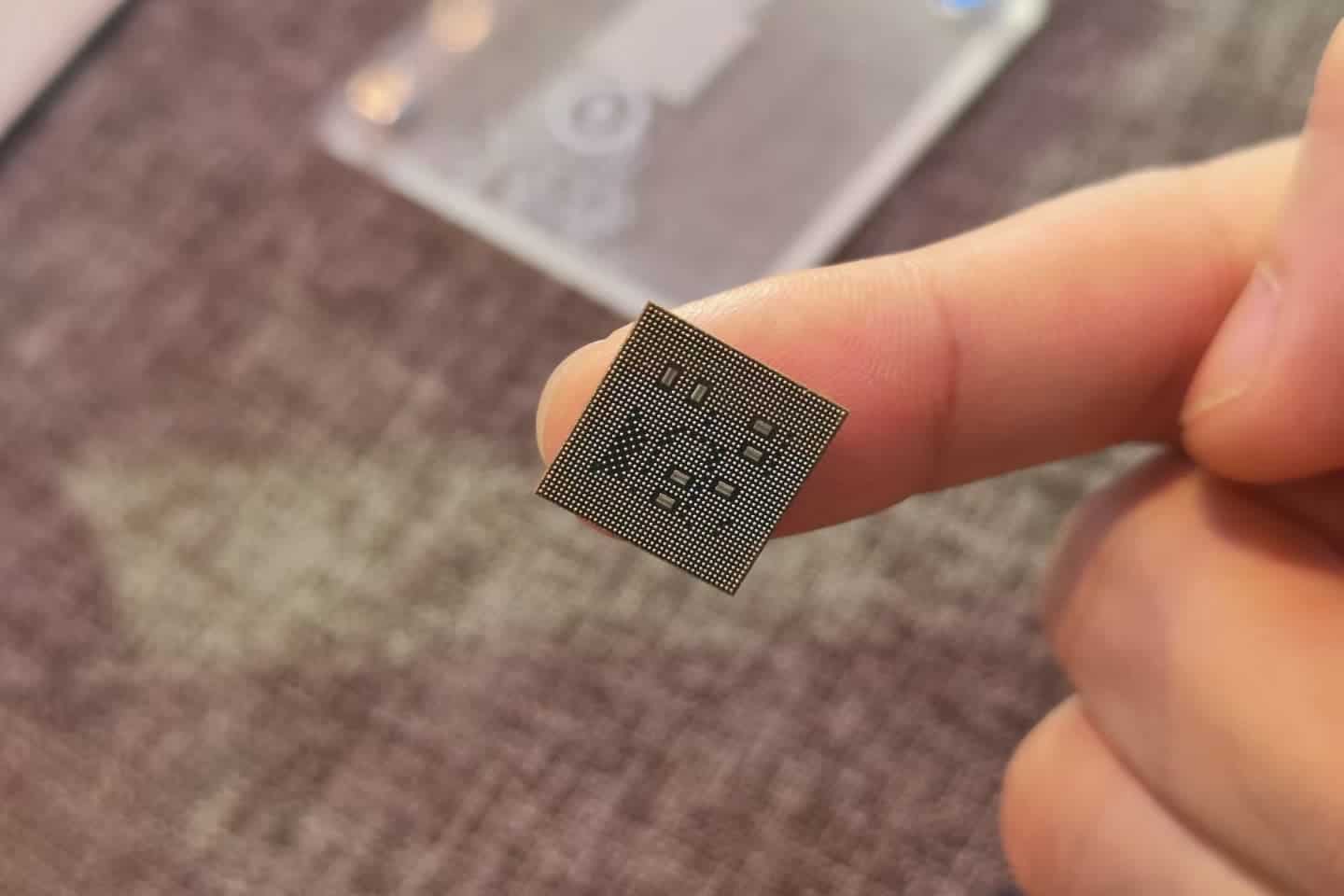Since Snapdragon 8+ Gen 1 was handed over to TSMC for OEM production last year, the performance and power consumption of the Snapdragon 8 series chip platform has returned to the right track. According to the chip R&D cycle, the next-gen Snapdragon 8 Gen3 is also in the middle and late stages of R&D. Some core OEM partners should have obtained early engineering trial products for the R&D of terminal mobile phones. According to popular Weibo tech blogger @DCS, the next-gen Snapdragon 8 Gen3 model will be SM8650. This chip will use the 1+5+2 architecture design for the first time. This will include 1 super large core, 5 large cores and 2 small cores.

Snapdragon 8 Gen3 architecture
Compared with the 1+4+3 architecture on Qualcomm Snapdragon 8 Gen2, Snapdragon 8 Gen3 improves performance. The chip does this by replacing a small core with a large core. From previous reports, the super large core of Snapdragon 8 Gen3 now upgrades. It will move to a more advanced Cortex-X4, with a frequency of up to 3.7GHz. This once again improves the peak performance of the super large core compared to 3.36GHz of Snapdragon 8 Gen2. The GPU of this chip will also upgrade to Adreno 750.
With such a high main frequency, it is obvious that the Snapdragon 8 Gen3 will remain with TSMC. The process has also been upgraded from N4 to N4P which is 6% higher than N4. The N4 was used in the previous generation. At the same time, N4P reduces the complexity of the process and improves the production cycle. It does this by reducing the number of mask layers. It is better than N4, and it is more friendly than N3 in terms of cost and production capacity. The new tech and architecture bring a decent output bonus. Considering this, it is possible that the AnTuTu running score will increase. The Snapdragon 8 Gen3 may hit the level of 1.5 million points.
SD8 Gen 3 rumours
The SD8 Gen 3 is a next-gen mobile system-on-chip from Qualcomm that is rumoured to be released in Q4 2023. It is expected to feature a unique (1+5+2) core configuration, consisting of 1 speedy X4 mega-core clocked at 3.75GHz, five A720 performance cores clocked at 3GHz, and two A520 efficiency cores clocked at 2 GHz. The Snapdragon 8 Gen3 is also expected to use derivatives of new, unannounced ARM core designs. The GPU of the Snapdragon 8 Gen 3 is believed to offer 50% better performance than its predecessor.

SD8 Gen 3 Vs Snapdragon 8 Gen2
The Snapdragon 8 Gen 3 is expected to have much upgrade over the Snapdragon 8 Gen 2. The latter is currently powering the latest Android flagship phones. It has a 35% increase in CPU output and a 40% increase in power efficiency.
GPU
The Snapdragon 8 Gen 3 GPU is expected to offer 50% better performance than its predecessor, the Adreno 740, which is used in the Snapdragon 8 Gen 2. This chip offers a 25% increase in graphic rendering. It also offers a 45% increase in power efficiency for its GPU. The Snapdragon 8 Gen 3 GPU’s performance gains might stem from the fact that Qualcomm is rumoured to be testing the unit at much higher frequencies.
It is also expected to use TSMC‘s N3 process, which is said to be extremely power-efficient, meaning that Qualcomm could have easily raised the power target of the SoC to get more performance out of it. The Snapdragon 8 Gen 2 still lags behind Apple‘s A16 Bionic in terms of GPU performance, but the Snapdragon 8 Gen 3 is expected to continue on the path of class-leading GPU performance
According to a leaked benchmark, the Snapdragon 8 Gen 3 is claimed to have better GPU performance than Apple‘s A16 Bionic. The Snapdragon 8 Gen 2, which is the predecessor of the Snapdragon 8 Gen 3, is faster than the A16 Bionic in terms of CPU speed. However, the A16 Bionic is still considered to have better GPU performance than the Snapdragon 8 Gen 2. The Snapdragon 8 Gen 3 is expected to continue on the path of class-leading GPU performance.
In a Geekbench benchmark, the Snapdragon 8 Gen 3 scored 6,236 points in multi-core performance and 1,930 points in single-core performance, which is better than the A16 Bionic. However, it is important to note that benchmarks do not always translate to real-world performance. Apple optimizes its software for just a few hardware profiles, so it doesn’t need the same resources as Android on Snapdragon.

SD8 Gen 3 to remain with TSMC
Qualcomm moved the manufacture of its chips to TSMC from Samsung due to Samsung’s low yields. At the time, Samsung’s yield was only 35% in the best-case scenario. TSMC’s yield for its 4nm process node was 70% at the same time. This meant that only 35% of the chips produced by Samsung Foundry from each silicon wafer made it through quality control. As a result, Qualcomm decided to have TSMC manufacture all of its next-gen 3nm chips instead of Samsung. In the past, Qualcomm has alternated between using TSMC and Samsung Foundry. However, it seems that the pendulum has moved over to TSMC. The latter’s chips have been more energy efficient and had higher yields
As of February 2022, Samsung‘s 4nm process node had a yield rate of as low as 35%. However, Samsung’s 4nm yield rate has improved substantially from 35% to nearly 60% in mid-2022. On the other hand, TSMC‘s 4nm current yield rate is more than 70 per cent, making its production higher than Samsung’s. Samsung’s yield rate for chip wafers was reportedly 10% for the Snapdragon 8 Gen 1. Samsung’s Device Experience CEO, JH Han, and Devices Solutions division CEO Kyehyun Kyung admitted that the company was experiencing issues with sub-5nm process foundry yield rates.





